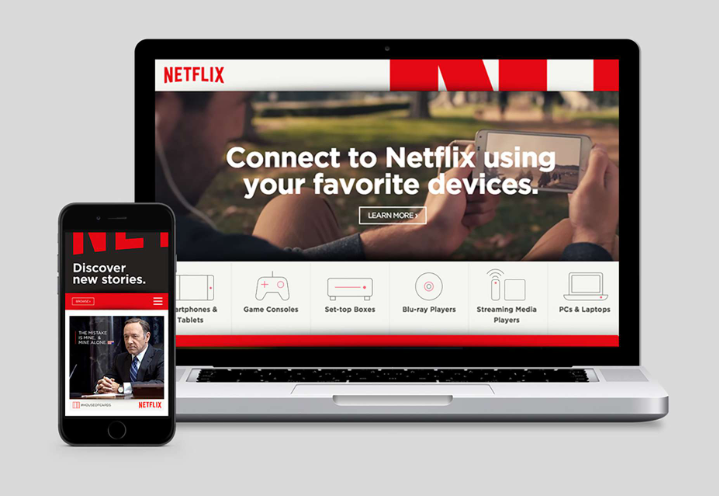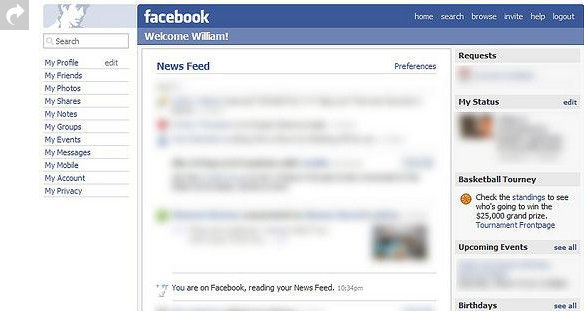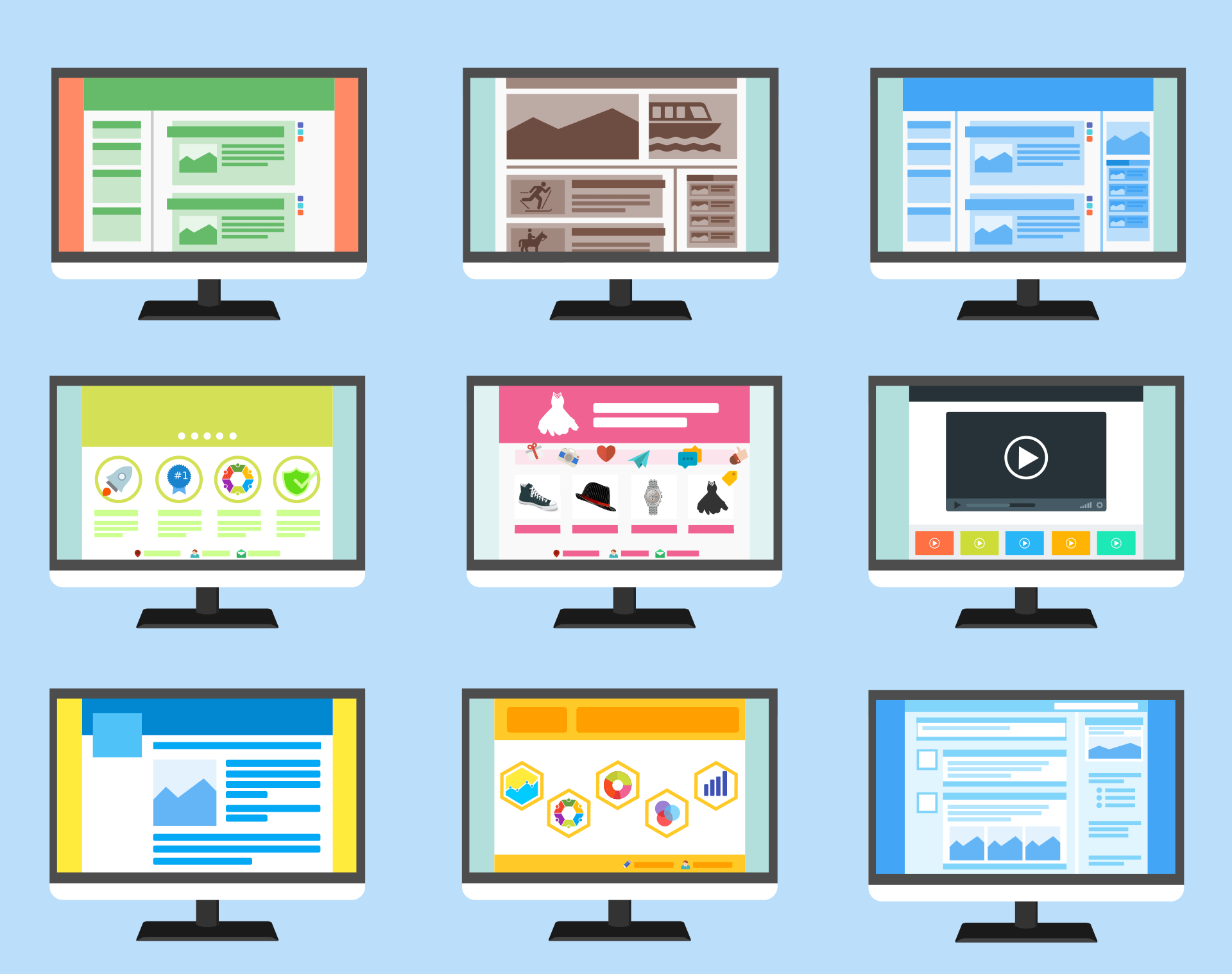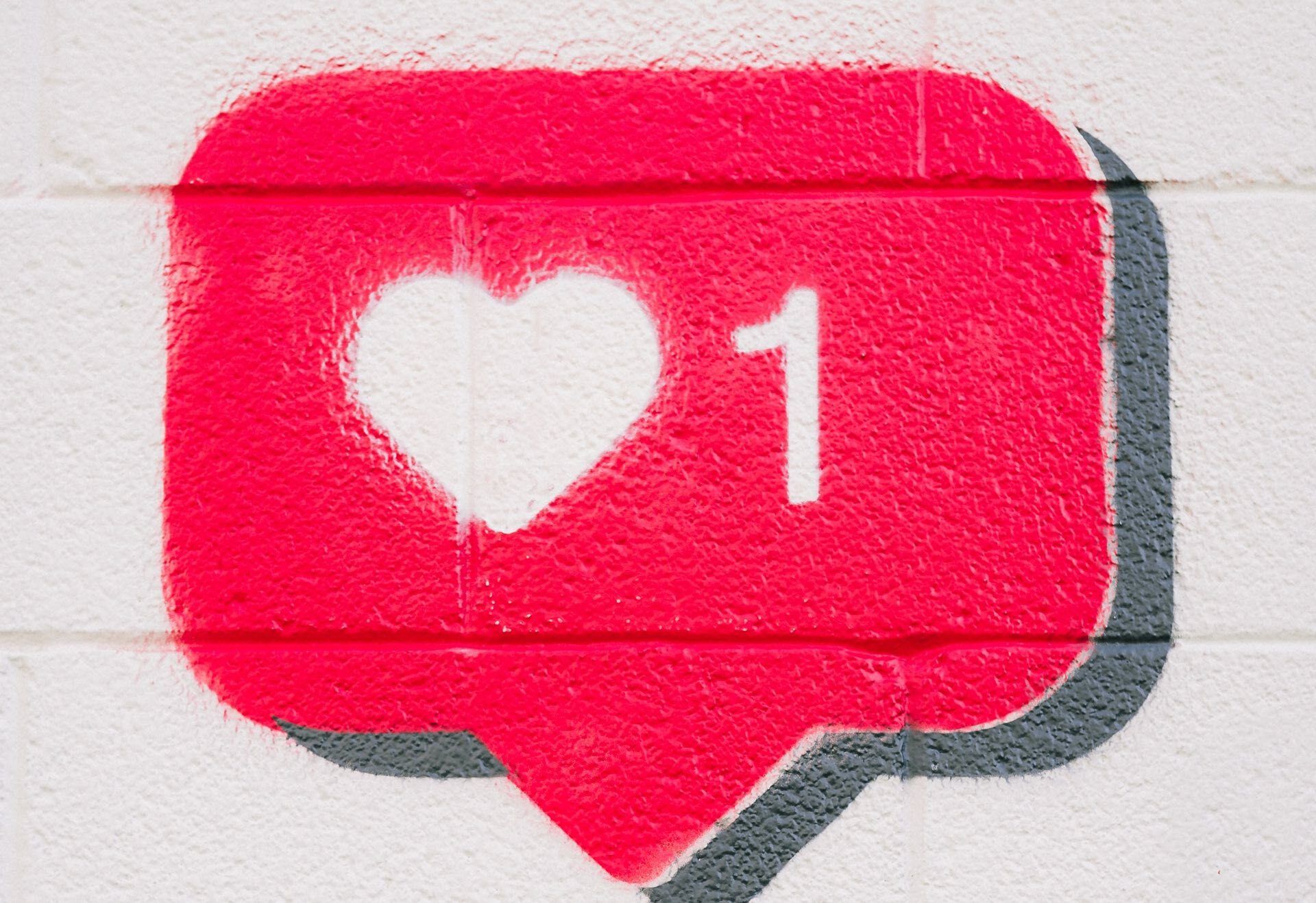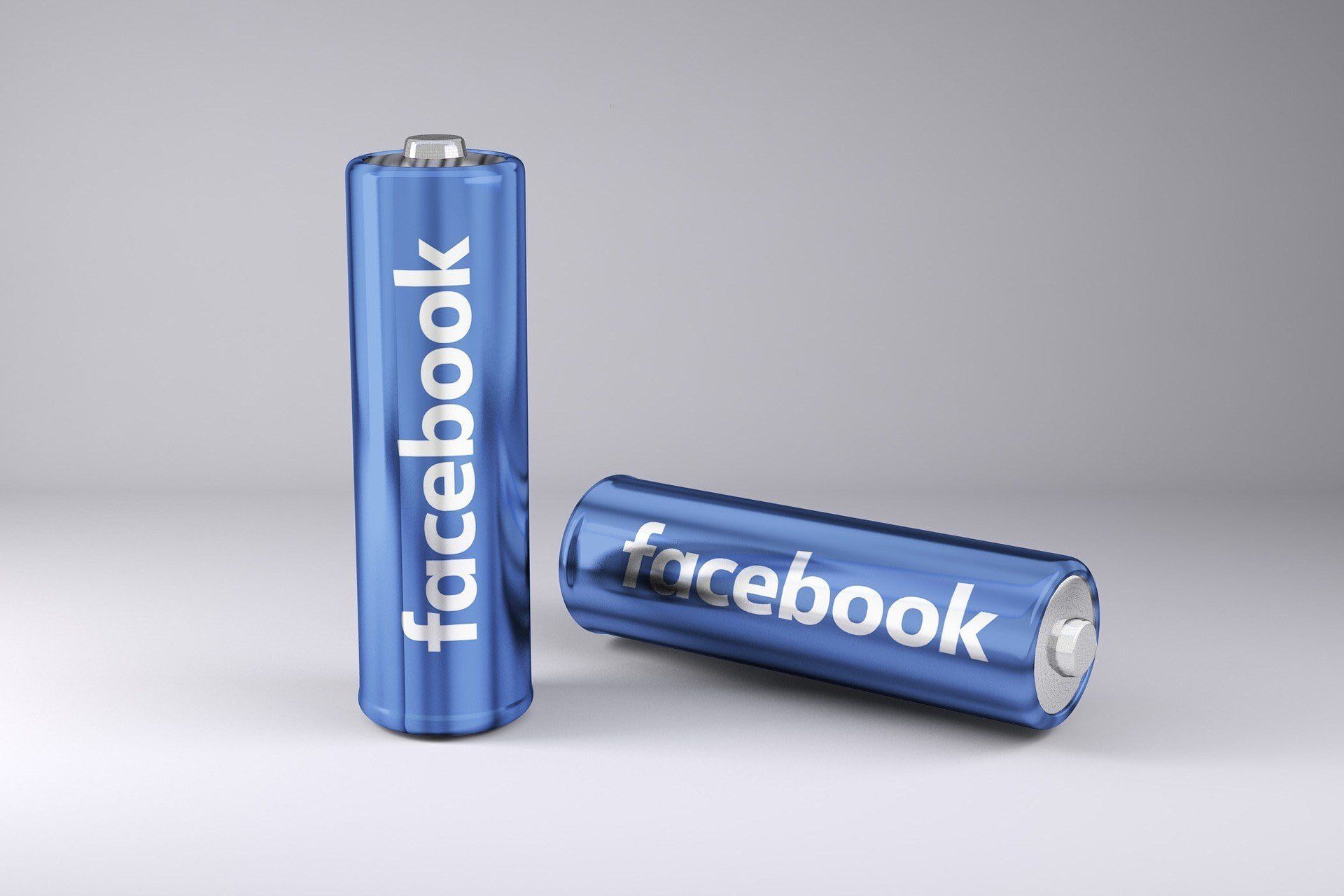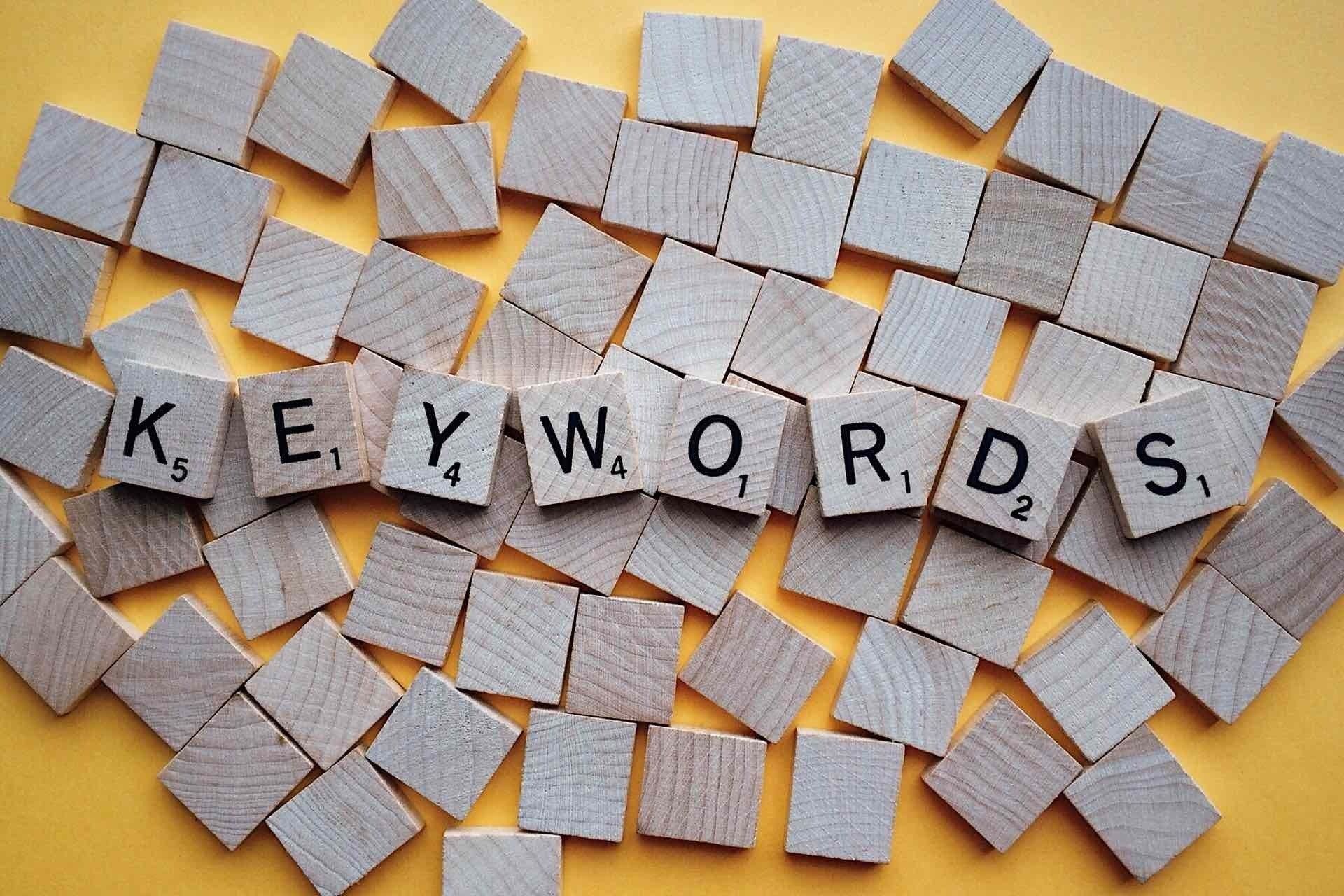Four Key landmarks in web development and design
Breakthroughs in UX that changed our relationship with the internet forever
We recently wrote about ‘the dim and distant past [when] the internet was a rather spartan affair’, back when web pages were impenetrable walls of text. We paid tribute to those pioneers of the early 90swho paved the way for better and brighter things.
As a follow-up, let’s consider more recent shifts in our relationship with the internet, discussing game-changing technology such as CSS, DASH, and ColdFusion along the way.
1996 Cascading Style Sheets or CSS
CSS changed everything.
Arriving on the scene in 1996, when only 1% of the population was online, CSS revolutionised how the internet looked and felt. At last, it could really begin to compete with the popularity of print media and move into the mainstream.
CSS enabled the creation of multiple simultaneous style elements, making it easier to for developers to separate content from style and presentation.
Web designers could now offer style as well as substance. The internet could now compete with the gloss and visual appeal of print media.
From then on, design trends and styles came and went with increasing regularity.
In the 2000s, rounded corners and gradients for icons created a 3D effect. Though popular for a time, they were later supplanted by flat icons like those used by Google on their home page.
Garish colour schemes and elaborate fonts, which were once widespread, then made way for a more understated tone and look. Netflix is a great example of minimalistic web design which enables users to seamlessly shift from devices. The design, known as ‘The Stack’, uses cards which lead to easy access to films, imagery and information, whilst taking up less space onscreen.
These days, responsiveness is of the essence as mobile devices became the preferred meansto access the internet.
2003 MySpace and personalisation
MySpace once seemed invincible as a social media platform. Inspired by Friendster, the early social media site made use of ColdFusion, a web application development platform which made it easier to connect HTML pages to a database.
The site’s name was aptly chosen. Using its default layout as a starting point, users could make the site their own ‘space’, by changing pictures, fonts, gifs, images, backgrounds and text.
This made the internet a far more enticing prospect for younger web users who could now personalise, customise and take ownership of their profile.
No longer simply for the arcane, the abstract or the anoraks, the internet became a place to discuss youth culture. The love affair between youth and tech was born.
MySpace was a gift to young music fans who began using it to listen to and discuss their favourite bands.
Whereas before, the music press and main record labels set the agenda, message boards now allowed fans to get in on the act, leading to the democratisation of what was once a closed and exclusive world.
MySpace became the place to be, feeding the need to share and show off one’s individuality and interests, a feature of social media to this day.
And let’s not forget: MySpace was free. You didn’t have to pay to subscribe, making it all the more popular and far-reaching. The expectation that the internet serves up content for free has shaped our relationship with it to this day. Money had to be made from advertising, instead.
From 2005 to 2009, Myspace was the world’s go-to social media platform.
Rupert Murdoch’s Newscorp bought it for $580 million in July 2005, reaching valuations of $12 billion by the end of 2008. By August 2006, MySpace signed its 100 millionth user.
Since then Myspace has had a stormier ride, losing younger users whilst not acquiring older ones. Vandalism, malware, spam, phishing and scams didn’t help, but more crucially, MySpace was more about sharing than actual interaction.
Cue Facebook.
2006 Facebook introduces interactive news feeds
When founded in 2004, Facebook was originally little more than a database with users’ contact details and interests. It was also less customisable than MySpace.
The Facebook we know today was born in 2006 when it introduced interactive news feeds.
There was initial unrest and opposition to the changes. Some felt the pages became overwhelmingly cluttered. Facebook groups formed to discuss their displeasure. Mark Zuckerberg responded with a blog post titled ‘ Calm down. Breathe. We hear you
’.
In a PR move to calm the waters, an official Facebook blog made the case, ‘It updates a personalised list of news stories throughout the day, so you'll know when Mark adds Britney Spears to his Favorites. Now, whenever you log in, you'll get the latest headlines generated by the activity of your friends and social groups.’
All this took a little getting used to. It had had no precedent. But the urge to share your interests with others and see theirs took hold. You could now engage with a ‘Like’.
Facebook soon became a go-to social media place for current affairs, revolutionising how news is consumed and disseminated.
It went on to add a whole new dimension to brand loyalty and the relationship between brands and consumers – with the dizzying possibilities of disseminating news, videos and promotions.
Today the top brands like Red Bull, Disney, Starbucks, Coca Cola have 20 million followers on the platform. It also remains popular as a place to build your brand as a small business or influencer.
Facebook remains strong in spite of its trouble in recent years, which you can read about in our blog Facebook advertising after Cambridge Analytica.
2007 Move Networks’ HTTP-based adaptive streaming
The internet is so popular because it is so easy and quick to use. This wasn’t always the case, especially with videos, and videos were just what the web was waiting for to compete with television.
However, slow buffering of video content made for a frustrating rather than an entertaining experience for viewers.
It was Move Networks who brought HTTP-based adaptive streaming to the internet in 2007. With Dynamic Adaptive Streaming over HTTP, or DASH, videos were downloaded in smaller chunks, which in effect sped up the process and ended the need to wait. Users were no longer at the mercy of broadband speeds.
YouTube, which arrived on the scene in 2005, capitalised on the new technology, as did Adobe and Apple.
Without this technology Netflix would not have become the giant that it is today and beaten rivals Blockbusters and Lovefilm.
Video streaming is something we now take for granted, and it’s everywhere, making huge inroads into the B2B sphere of social media platforms such as LinkedIn.
The rise and rise of the visual
At the conception of the World Wide Web, there had been no integrated approach to graphic design elements such as images or sounds.
Today, we have a dizzying array of devices at our disposal: clickable banners, video backgrounds, highly interactive web pages with games, ads which appears as web pages download, sophisticated apps, QR codes, augmented reality and AI chatbots which greet us on landing pages.
It’s hard to imagine the internet without these features, which have all been made possible thanks to advances in technology like the highlights above.
Get help with website design
Things have moved on a lot since those early days of web design. Today, many elements go in to creating an effective website. If you need help with web design or are looking for a new website, get in touch with us in Exeter today.
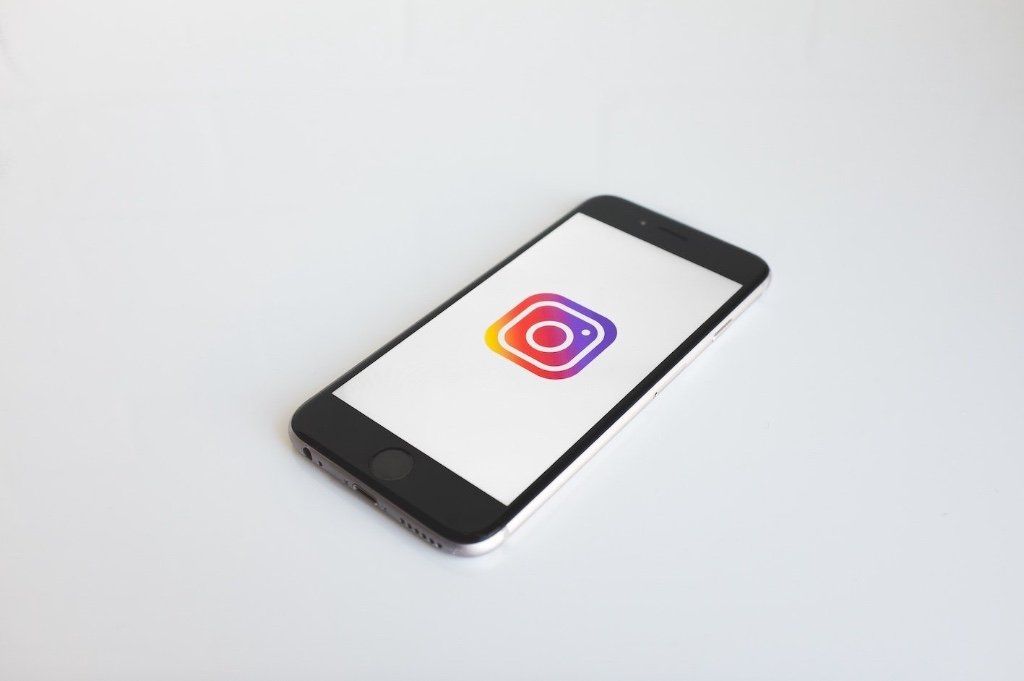

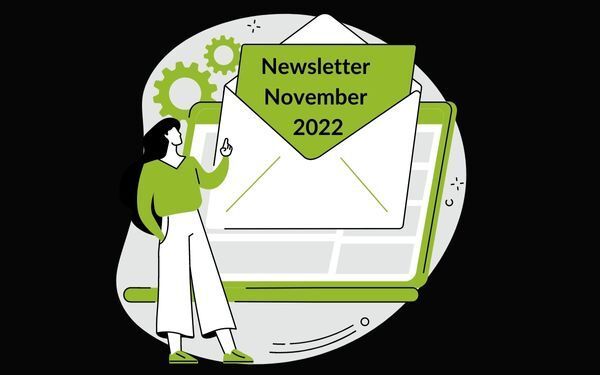

QUICK LINKS
QC Newsletter sign-up
We will get back to you as soon as possible.
Please try again later.
All Rights Reserved | QuayClick Marketing Ltd
We’re a website design and digital marketing agency based in Exeter. We help businesses grow online and have over 20 years of experience in Web Design. We offer several inbound strategies, including paid search and SEO. In addition, our content team can help with copywriting and email campaigns.



